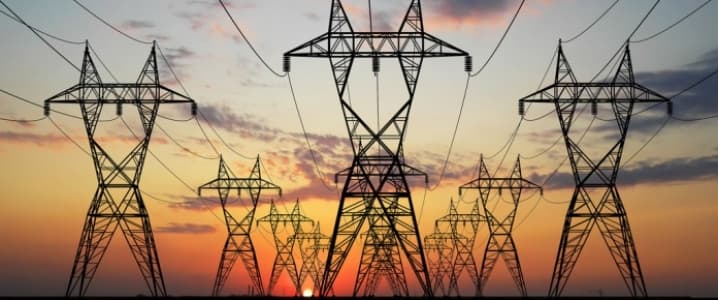The idea of a completely green community, relying exclusively on renewable energy and emitting zero harmful chemicals seems far-fetched today, despite decades of renewable power innovation that has been substantially spurred in the last 20 years as the effects of climate change have become strikingly obvious.
Yet, there is a town in the Northeastern U.S., bordering on Canada, which has almost made this idea a reality. Almost, because it is not 100 percent emission-free, but it is entirely sustainable.
Meet Burlington, Vermont. It draws nearly all of its power from renewable sources, combining wood, wind, hydropower, and solar. For those of a nit-picking persuasion, “nearly” in this case means that last year, one gas-powered plant contributed 0.06 percent of the total power supply of the city.
This sounds exciting, and in many ways, it is. The city, population 42,000, has taken the idea of mutually beneficial cooperation between local government and its citizens to a whole new level, it seems, betting big on energy conservation and local farming.
It looks like everyone is doing their fair share to make Burlington a good place to live, and although Senator Bernie Sanders has been hailed as one of the main figures responsible for spurring local politics in the right direction, he is not alone. Somehow, Burlingtoners have over the last few decades all decided to work towards a common goal, and are now reaping the fruit of their labors.
So how did they do it? Burlington’s green drive looks almost utopian, but it is a very real town with publicly available information about its power sources. This is how we know that about 42 percent of its energy needs are satisfied by a power plant that burns wood chips. And despite its sustainability, these chips are precisely why Burlington is not 100 percent emission-free.
The McNeil power plant burns 76 tons of wood chips every hour, producing some 50 MW of power. This amount is enough to power the entire town, but half of its power is sold outside the state: the plant is equally owned by the Vermont Electric Department and a number of minority shareholders. Related: Trump’s Saudi Oil Threat Is A Hollow One
The amount of wood required is not insignificant. So where does all this wood come from? It comes from logging residue and cull materials from woodcutting operations in nearby forests, most of it within 60 miles of Burlington, ensuring transportation costs are kept low. The plant boasts a very strict procedure to make sure the harvesting of the material is sustainable, such as getting most of its wood from partial cuts aimed at improving the growing conditions for other trees.
But wait—wood-burning emits CO2 like nobody’s business! In fact, unsustainable wood-burning is responsible for emissions to the tune of 0.39 kg/kWh, much higher than crude oil, gas, and fuels derived from them. But that’s unsustainable wood-burning, and at McNeil, they have managed to reduce this to one-hundredth of what Vermont allows.
It looks like Burlington is a legit pioneer in energy conservation, so the next logical question is: can all this be replicated?
Well, even if it could be replicated, it is not possible just anywhere. Smaller towns would have a bigger chance of successfully replicating this sustainable atmosphere, especially if they have forests – and/or rivers and lakes and wide open spaces – nearby. But larger cities, and places where forests are not plentiful, would have a tougher go.
But one similarly sized town in oil-dynasty Texas has decided to give sustainable energy a whirl. Related: Electric Cars Provide Little Threat To Oil Demand
Unlike Burlington, Georgetown, Texas, is a very conservative town, politically speaking. But the clean and sustainable goal goes beyond political differences: the Texas town of 55,000 does not want to tie itself the ups and downs in oil and gas prices: it would rather depend on the much more stable prices of wind energy, Texas being the biggest producer of wind energy in the U.S—a crown that it wears proudly along with its crown for being the Biggest Oil Producer in the US. I guess everything really is bigger in Texas.
ADVERTISEMENT
Next year, the Texas town plans to be fully powered by wind and solar. But as one would guess, this may be less about the environment, and more about simple economics. And when it comes to energy conservation, economic reasons are often more likely to drive change than abstract environmentalism. Everyone likes cheaper and reliable energy, and everyone likes the thought of being self-sufficient and sustainable—free from the shackles of America’s power grid, Middle Eastern oil, and price fluctuations. And of course, safe in the event of a zombie apocalypse.
By Irina Slav for Oilprice.com
More Top Reads From Oilprice.com:
- OPEC’s Matrix: If 1 Million Bpd Are Cut, Oil Will To Rally To $59
- Putin Is Ready To Join An OPEC Freeze
- OPEC Technical Talks Falter As Key Members Reject Cut


















